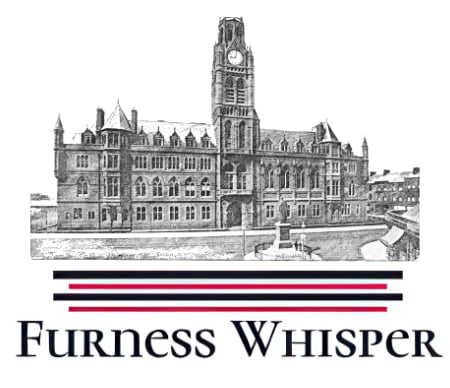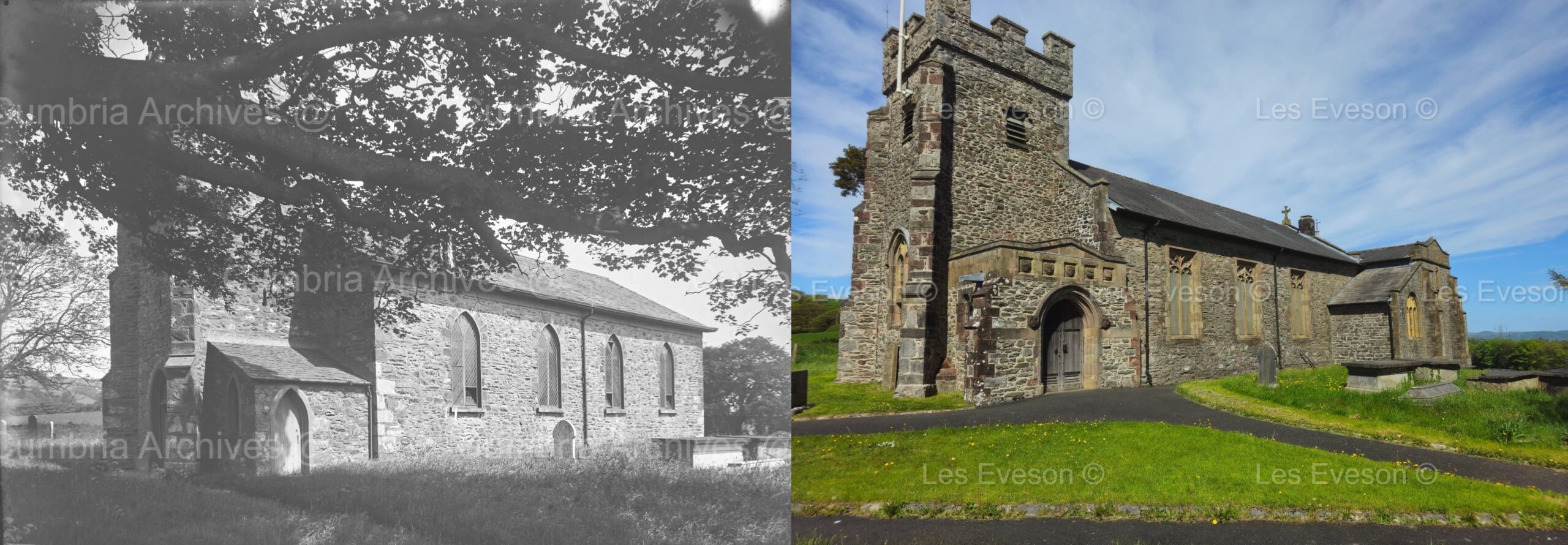St Michael’s Church, Pennington – 900 Years of Heritage
St Michael’s Church, Pennington, rising peacefully above the village in Cumbria, is far more than a place of worship — it is a cornerstone of the community and a silent witness to nearly a millennium of English life. With ancient yew trees whispering in the wind and its stone walls weathered by time, St Michael’s Church Pennington is a tangible link to the past — and a living part of the present.
📜 Earliest Records and Domesday Origins of St Michael’s Church Pennington
St Michael’s Church Pennington is rooted in deep history. Pennington is first mentioned in the Domesday Book of 1086 as Penigetun, within the manor of Hougun, held by Tostig Godwinson, the brother of King Harold. Although no church is noted in that specific record, the longstanding presence of ecclesiastical land nearby suggests that worship may already have taken place on or near this site — a thread woven into the early fabric of the region’s past.
By around 1127, a church was firmly established in Pennington. At this time, Gamel de Pennington, a local nobleman and the progenitor of the Pennington family line, granted the churches of Pennington, Muncaster, and Whitbeck to the Hospital of Conishead, a religious institution that later became Conishead Priory. This endowment was formally confirmed by Roger, Archbishop of York, sometime between 1154 and 1181.
Gamel’s legacy continued through his son Benedict, who reaffirmed the grant around 1190, and through another son, Jocelyn, who became Abbot of Furness Abbey. Both Benedict and a local figure named Swift of Pennington are noted in charters of Henry II, and Benedict is named in the Pipe Rolls of 1186–87. Benedict’s son Alan succeeded him.
The church was later involved in a dispute between Furness Abbey and Conishead Priory over its ownership, a conflict that lasted from 1198 to 1208. Eventually, Conishead retained Pennington. Its importance is further affirmed in the Taxatio Ecclesiastica of 1291, where Ecclesia de Penigton is valued at £5 6s 8d — a considerable sum at the time.
🪨 The Norman Tympanum at St Michael’s Church Pennington
One of the most remarkable features of St Michael’s Church Pennington is a carved Norman tympanum dating from the 12th century. This large red sandstone arch is set above the west door inside the church. The stone is weathered but still bears a stylised winged figure — possibly Christ or an angel — with arms raised in a gesture of benediction or power. Behind the figure’s head are the remains of a three-armed cross, and the outer body has been smoothed or lost to time, but the wings remain finely detailed.
Surrounding the figure are three concentric bands: an inner roll moulding, a central band bearing a runic inscription, and a plain outer edge. The lower curve still displays faint chip-carving.
The central band reads:
“Gamel founded this church. Hubert the mason built.”
This brief message holds rare significance. In a period when artisans were rarely acknowledged, the naming of both Gamel, the patron, and Hubert, the mason, is an extraordinary survival — a nod to the people who shaped this holy place.
In 1902, the tympanum was found above a barn door at Beckside Farm, just down the road. Likely removed during the demolition of the medieval church in the early 19th century, it had been reused as architectural stonework in a farm outbuilding. It was recovered and returned to St Michael’s Church Pennington in 1917, and finally reinstalled with dignity during the church’s 1926 restoration.
🧱 Architectural Fragments and Sacred Fabric of St Michael’s Church Pennington
Despite the extensive rebuilding of the 19th century, St Michael’s Church Pennington preserves a number of medieval features:
- Chevron-carved stones, likely from the original Norman entrance, are set into the south nave wall
- Inside the south porch, a scalloped capital, foliate stone, and shield carving reflect the craftsmanship of the 12th century
- A 13th-century octagonal font, shaped like a tulip, continues to be used for baptisms
- A 1680 sundial, now listed Grade II, was once set upright in the churchyard but lies safely on the floor just inside the entrance after being deemed unstable
- Fragments of early grave covers, capitals, and cross slabs are visible both in the porch and the surrounding grounds
Walking through the building, the worn stone beneath your feet, there is a hush. The cool air carries the scent of age — damp sandstone, beeswax polish, and incense past. Sunlight filters through stained glass crafted by Powell & Sons, casting ruby and sapphire hues across wooden pews.
🛠️ Restorations and Development of St Michael’s Church Pennington
By the early 1800s, the medieval church had deteriorated to such an extent that demolition was inevitable. In 1826–27, the structure was entirely rebuilt using local rubble stone and ashlar detailing. The new church included:
- A four-bay nave
- A west tower with diagonal buttresses, a transomed window, and battlements
- Two-light Decorated-style windows with straight heads
In 1924–26, to mark the centenary of the rebuild, a major restoration took place under architect Henry Paley of Austin and Paley:
- A polygonal apse and south porch were added
- The ceiling was removed and the tower arch reopened
- New windows were installed, and the church was re-seated
A south aisle and organ chamber were added in 1934, with the current pipe organ by Jardine of Manchester installed in 1944, replacing an earlier American model.
Inside, the features include:
- Collar and tie-beam trusses with braces
- A shallow corbelled chancel arch
- Shouldered recesses and arcaded chancel rail
- A lectern donated in 1923 by the Girls’ Friendly Society
- Scriptural boards from the 19th century in the tower
🕊️ Remembrance and Community Memory at St Michael’s Church Pennington
St Michael’s Church Pennington holds the memory of its people. Within the nave, a white marble tablet commemorates 19 men from Pennington who died during the First World War. Outside, three Commonwealth War Graves remain lovingly maintained.
Each Remembrance Sunday, the silence is deep. Candles flicker in the chill of November light as names are spoken aloud. The pews creak under the weight of memory. A village remembers.
🙏 Acknowledgements for St Michael’s Church Pennington
Before we close, I want to give heartfelt thanks to Yvonne Church-Walden, whose knowledge of St Michael’s Church Pennington was nothing short of astonishing. There wasn’t a single thing she didn’t know — from architectural details to hidden fragments of its story. Her own research, her memory, and her passion for the church’s heritage were truly impressive.
Yevone’s understanding of local history gave me not just facts, but tip-bits of insight that have inspired me to explore and write more about Pennington village itself. Her dedication to preserving and sharing the stories of this place is something I can’t thank her enough for.
I strongly encourage everyone to go and visit St Michael’s Church Pennington in person. Step inside, breathe in its history, and take in the legacy that people like Yevone continue to protect and celebrate.
🌟 Legacy of St Michael’s Church Pennington
St Michael’s Church Pennington stands not only as an architectural treasure but as a guardian of memory and meaning. From Gamel’s founding gift to Hubert’s carved tympanum, through demolition, rebuilding, and restoration — this is a place of permanence in a world of change.
To step through its door is to step into the living heart of the village.
Built by Gamel. Carved by Hubert. Beloved by all who follow.

